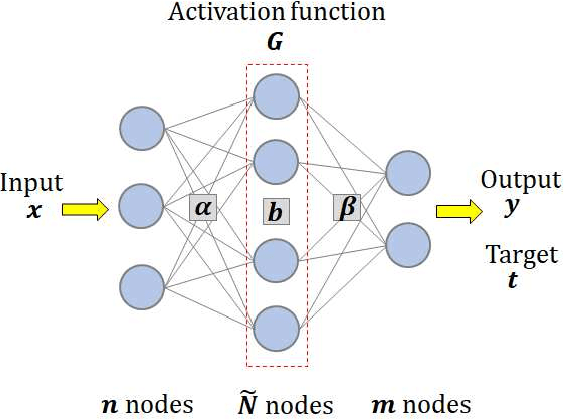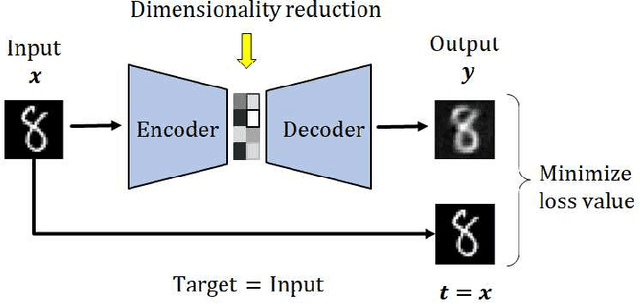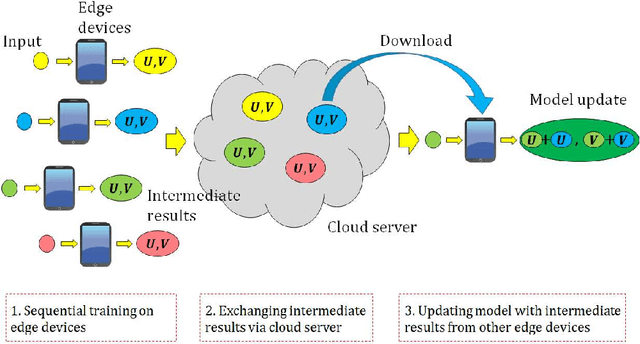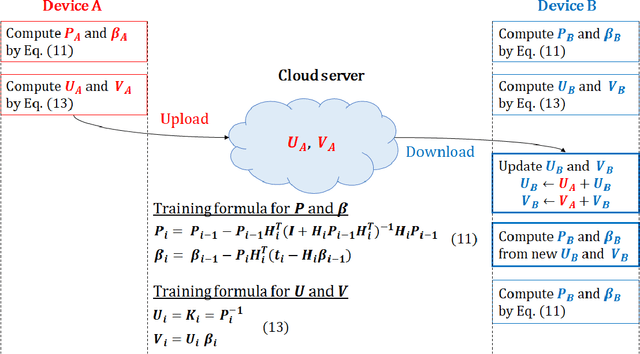An On-Device Federated Learning Approach for Cooperative Anomaly Detection
Paper and Code
Feb 27, 2020



Most edge AI focuses on prediction tasks on resource-limited edge devices, while the training is done at server machines, so retraining a model on the edge devices to reflect environmental changes is a complicated task. To follow such a concept drift, a neural-network based on-device learning approach is recently proposed, so that edge devices train incoming data at runtime to update their model. In this case, since a training is done at distributed edge devices, the issue is that only a limited amount of training data can be used for each edge device. To address this issue, one approach is a cooperative learning or federated learning, where edge devices exchange their trained results and update their model by using those collected from the other devices. In this paper, as an on-device learning algorithm, we focus on OS-ELM (Online Sequential Extreme Learning Machine) and combine it with Autoencoder for anomaly detection. We extend it for an on-device federated learning so that edge devices exchange their trained results and update their model by using those collected from the other edge devices. Experimental results using a driving dataset of cars demonstrate that the proposed on-device federated learning can produce more accurate model by combining trained results from multiple edge devices compared to a single model.
 Add to Chrome
Add to Chrome Add to Firefox
Add to Firefox Add to Edge
Add to Edge